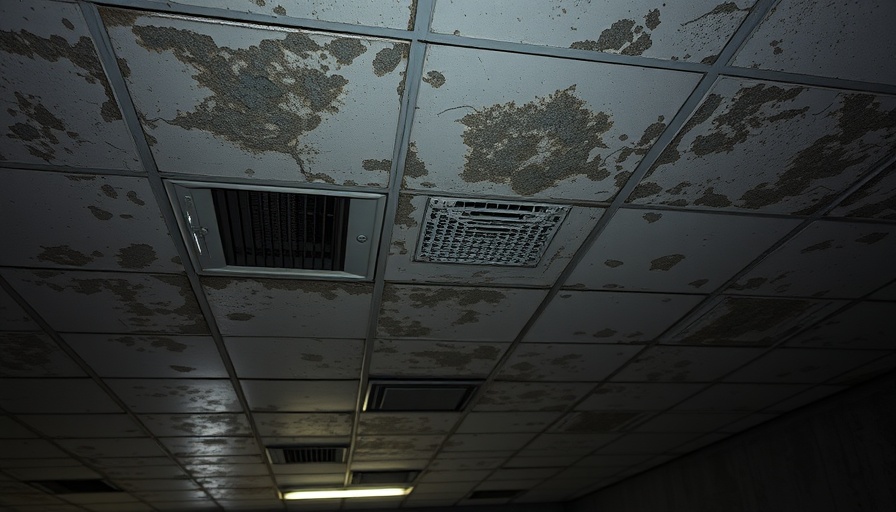
Understanding Mold: A Hidden Home Hazard
Mold growth in homes, particularly on ceilings, can pose serious health risks and indicates moisture issues that should not be ignored. Mold spores are ubiquitous and can thrive in environments with excess humidity, poor ventilation, or water leaks. Being aware of the early signs of mold can help homeowners act promptly, preventing potential health hazards like respiratory problems, allergic reactions, and even more severe conditions in vulnerable populations.
The Science Behind Mold Growth
Mold spores, carried by air currents, can land on damp surfaces and develop into visible colonies if conditions are right. Understanding the biological process of mold growth is crucial for homeowners who want to maintain a healthy living environment. Mold thrives in damp areas, and ceilings can often be at risk, especially in bathrooms or kitchens where humidity levels are higher. The optimum temperature for mold is between 60-80°F (15-27°C), which coincides with common indoor temperatures. This makes homes, particularly older ones with less insulation or ventilation, perfect breeding grounds.
Effective Strategies to Remove Mold from Ceilings
Removing mold from ceilings requires a systematic approach to ensure that growth does not return. Begin by identifying and resolving the source of moisture—this could range from fixing a leaky roof to improving ventilation in bathrooms. Once the moisture issue is under control, take these steps:
- Protect Yourself: Wear a mask and gloves when dealing with mold to prevent exposure to spores. A respirator with a HEPA filter is ideal.
- Prepare Your Cleaning Solution: A mixture of vinegar and water, or commercially available mold removers, can be effective. Baking soda is another natural option that can prevent further growth.
- Scrub and Rinse: Use a scrub brush or sponge to treat the affected areas, then wipe down with clean water to remove residue. Make sure to dry the area completely to avoid future growth.
- Prevent Future Growth: After cleaning, homeowners should consider applying a mold-resistant paint, improving ventilation, and using dehumidifiers in prone areas.
Why Act Quickly Against Mold?
Homeowners should take mold growth seriously, as delaying remediation can lead to significant health risks and property damage. Prolonged exposure can aggravate asthma and other respiratory conditions. Additionally, mold can damage ceilings and other surfaces, leading to costly repairs. Understanding the urgency of effective mold removal helps motivate action and maintain a safe home environment.
Investing in Prevention: Best Practices
To keep mold from returning, homeowners should adopt preventive measures actively. Regular inspections of the home for signs of leaks and excess moisture will allow for early identification. Maintenance practices such as ensuring proper ventilation during activities like showering or cooking can significantly reduce humidity levels. Installing exhaust fans in kitchens and bathrooms, using energy-efficient windows, and keeping humidity levels below 50% can cultivate an inhospitable environment for mold development.
The Role of Homeowners and Professionals
While DIY solutions can be effective for small mold patches, more severe infestations should be addressed by professionals trained in remediating mold safely. These experts have access to advanced technologies and methods to ensure thorough cleaning and prevention strategies. Engaging a professional also protects homeowners from potential legal implications if they plan to sell their property in the future without proper remediation.
Conclusion: Taking Charge of Your Living Space
Mold on ceilings is more than just an aesthetic issue; it's a significant concern that can threaten health and property. By understanding how mold grows and being proactive in maintaining a healthy home environment, homeowners can take control of their living spaces. Whether tackling minor outbreaks or investing in professional help, informed actions create safer, healthier homes.
If you're facing a significant mold issue or are uncertain about how to manage it, consider reaching out to a home improvement professional. They can provide expert insights into remediation strategies tailored for your home, ensuring a mold-free environment for you and your family.
 Add Row
Add Row  Add
Add 




Write A Comment